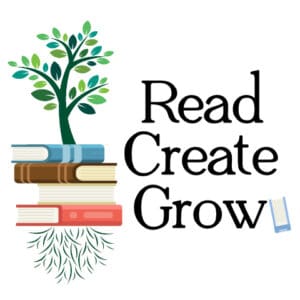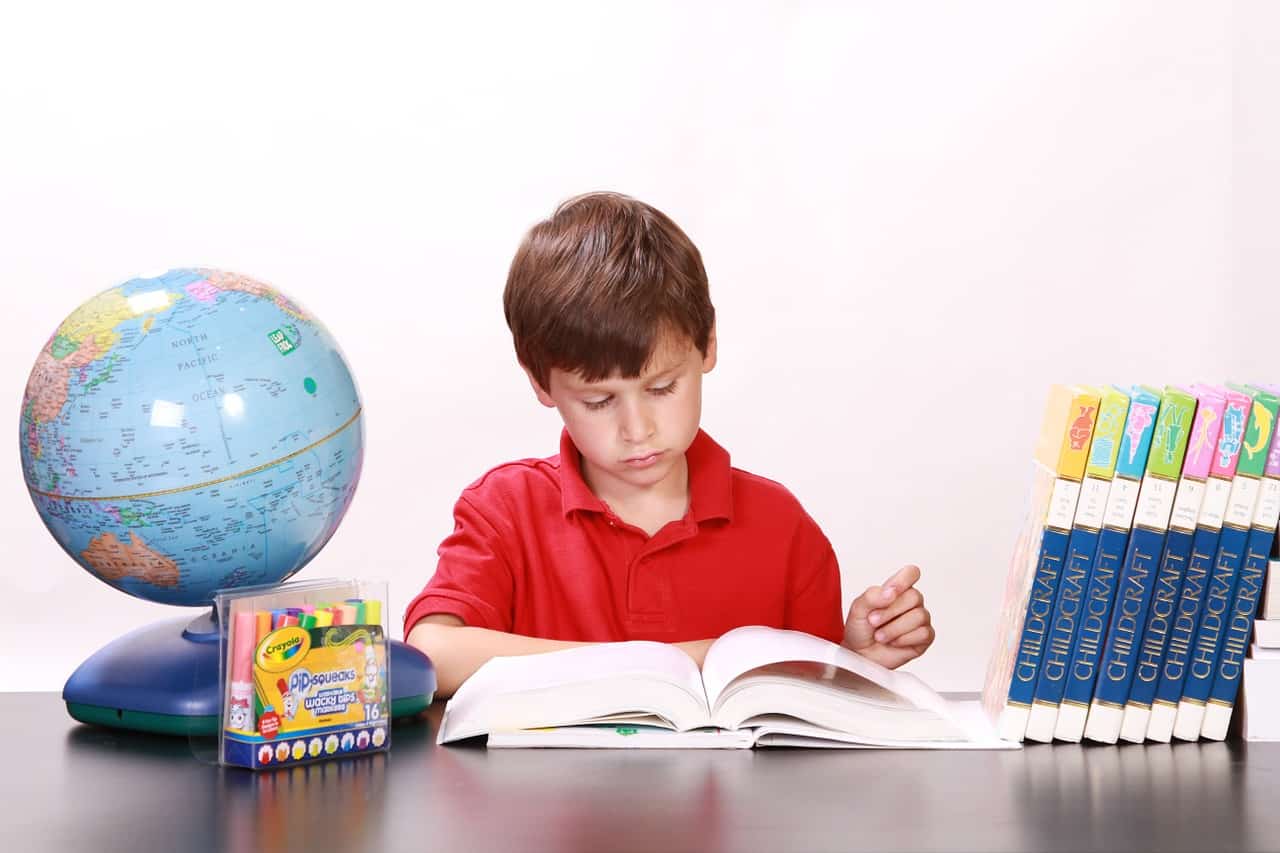Reading nonfiction books is one of the best ways your elementary school student can expand their vocabulary, work on reading comprehension and learn techniques of how to read a book for understanding, rather than for completion (more on that here). If your student is reluctant to read, nonfiction can engage their interest in a new way. It also offers more visual interest through pictures, diagrams and illustrations while maintaining the same levels as its fictional counterparts.
Try out a few of these and watch your child’s imagination spark while they wonder at the world.
*This post may contain Amazon or other affiliate links. As an Amazon Associate I earn from qualifying purchases.
Fun Fact Books for Kids

Humongous Fungus
Written and Illustrated by DK
Ages 7-9
Mushrooms can be a divisive dinner time subject. Your kids either love them or hate them. But what about the actual function of a fungus? They are an important part of forest ecosystems where they can break down plant material to make richer soils, but they can also destroy crops or make you sick. The book has beautiful illustrations with text of different sizes, styles and lengths making it an interesting read that gives a young or reluctant reader many things to look at to break up the monotony of continuous text. It may not win you any dinnertime arguments, but your child is sure to learn a lot!
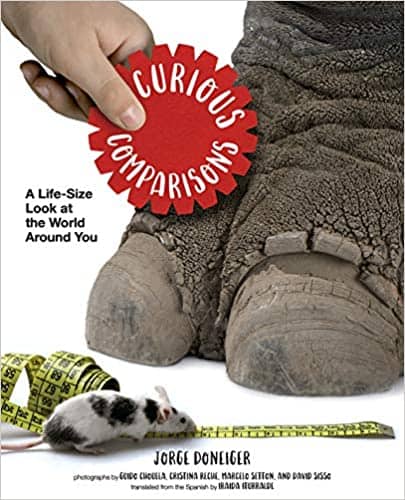
Curious Comparisons: A Life-Size Look at the World Around You
Written by Jorge Doneiger | Illustrated by Guido Chouela, David Sisso and Marcelo Setton
Ages 4-8
This is a book that can grow with age as it offers a variety of things to read. Some pages feature simple text with large photos, and some offer columns of denser text blocks that require more reading skills. Another aspect of this book that keeps it interesting, is that there are a variety of subjects: machinery, nature, animals, this book offers a number of interesting subjects for comparison.
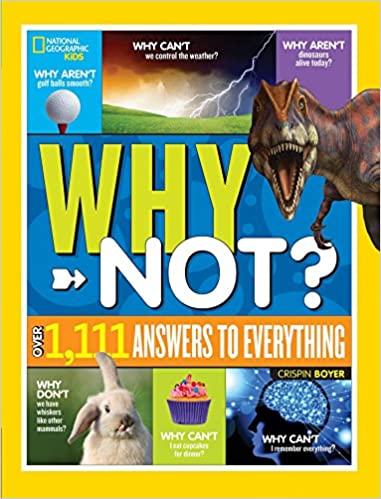
National Geographic Kids Why Not?: 1,111 Answers to Everything
Written by Crispin Boyer
Ages 8-12
Ever wondered why not? This book has the answers. With sections on the human body, animals, nature, the environment, weather and more, just about any question can be answered here. The books in this series are all written in a question/answer format giving small chunks of information and text at a time, making it easy to pick up and read on any subject or start and stop at any time. Like all NatGeo books, this is full of bright photos to help break up the text and illustrate the facts. Read this together to tackle hard words or let older readers explore on their own.
Nonfiction Books About People
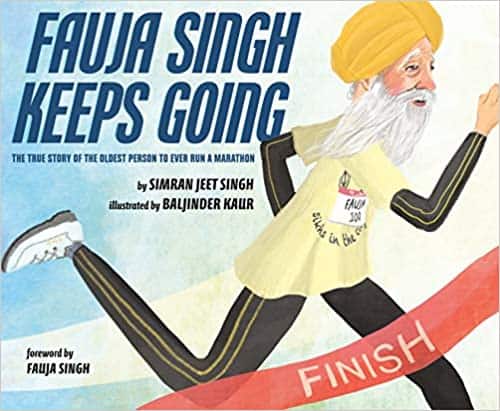
Fauja Singh Keeps Going
Written by Simran Jeet Singh | Illustrated by Baljinder Kaur
Ages 4-8
If your child prefers picture book formatted stories, they will enjoy this. Written in a narrative format, this is the real-life story of Fauja Singh, the first 100-year-old man to run a marathon. The story features beautiful illustrations, lists of Singh’s records as well as a biography, giving a variety of different styles of text to read, a story of hope and encouragement and a positive representation of the Sikh community.
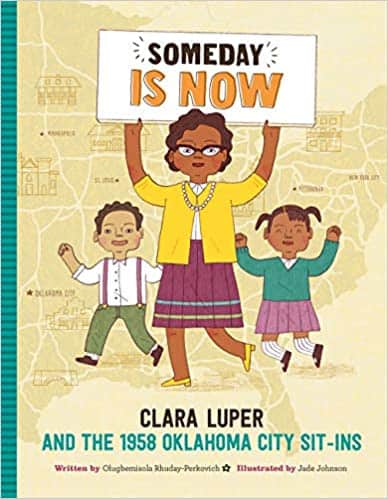
Someday is Now: Clara Luper and the 1958 Oklahoma City Sit-Ins
Written by Olugbemisola Rhuday-Perkovich | Illustrated by Jade Johnson
Ages 6-9
This is the story of civil rights activism your child won’t hear in school. Clara Luper was a pioneer for civil rights and nonviolent activism. These are big concepts, but they are ones your child can grow into. The story is written in a narrative style so it reads more like a picture book and has words that are more manageable, so that kids can focus on the big concepts at work.
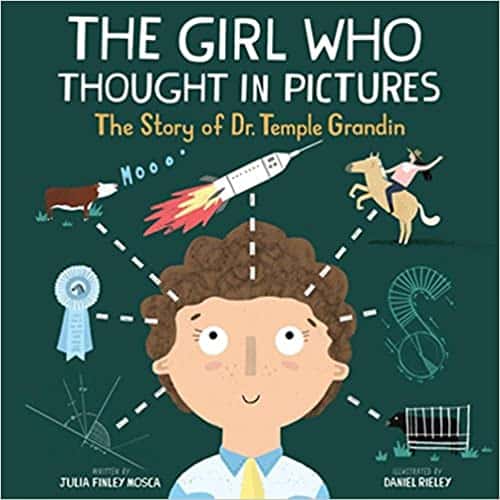
The Girl Who Thought in Pictures: The Story of Dr. Temple Grandin
Written by Julia Finley Mosca | Illustrated by Daniel Rieley
Ages 6-10
When Temple Grandin was young, she was diagnosed with Autism, this gave her a unique perspective on how to see the world. Her story is told in a picture book narrative format with rhyming text, making parts of the story a simple read to either read together or for young readers to tackle alone. Other parts of the text become more complex and offers more reading challenges like larger blocks of text, facts and timelines. This is a great read for a student who is curious about the world, the way other people think about things or has ever felt a little bit out of place.
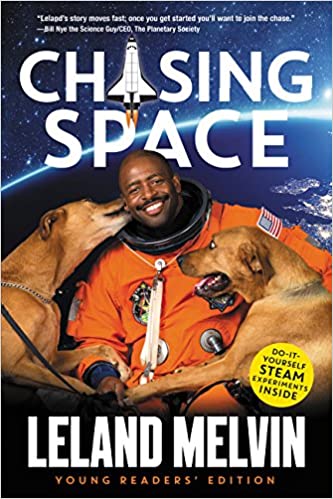
Chasing Space (Young Reader’s Edition)
Written by Leland Melvin
Ages 8-12
This is the story of Leland Melvin, a football player turned NASA astronaut, and is adapted from the full length adult memoir. The story covers Melvin’s life on the Detroit Lions, his experience on the International Space Station as well as working with other sports stars, musicians and starring in various television shows. It also comes with pages of experiments and photos to spark your child’s interest in space and STEM projects. The novel-style structure of this story will help improve vocabulary and reading fluency.
Exciting Nonfiction Books About Science
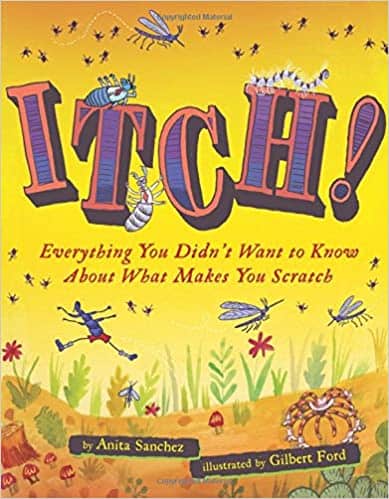
Itch! Everything You Didn’t Want to Know About What Makes You Scratch
Written by Anita Sanchez | Illustrated by Gilbert Ford
Ages 8-12
Definitely for fans of the gross, this book will make you itch while you read it. It is full of information, features both full pages of text as well as blocks of writing broken into smaller, more visually interesting chunks, giving the reader a break now and then. This is a good book to practice reading the table of contents and referring to the glossary, as there are many unique words. The breakup of the text styles, hilarious and gross illustrations will have your kid cracking up as they learn about what makes them itch, why it itches, the anatomy of the things that make your skin crawl and how to soothe different kinds of itches.
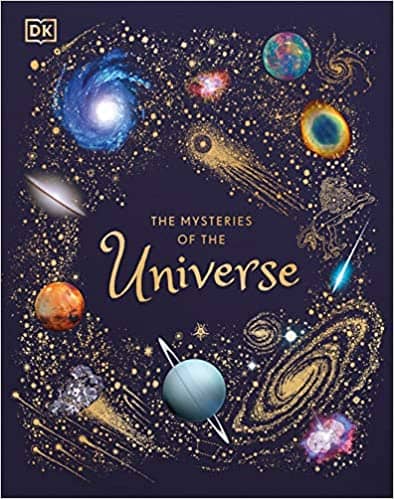
The Mysteries of the Universe
Written by Will Gater | Illustrated by DK Children
Ages 7-9
Prepare for a space launch into the unknown! Discover the beauty in the solar system and uncover the mystery of 100 objects in space. This book features full page color images of space and is written in a fairytale storybook format for a unique spin. If you like this one, you will also love An Anthology of Intriguing Animals and The Wonders of Nature.
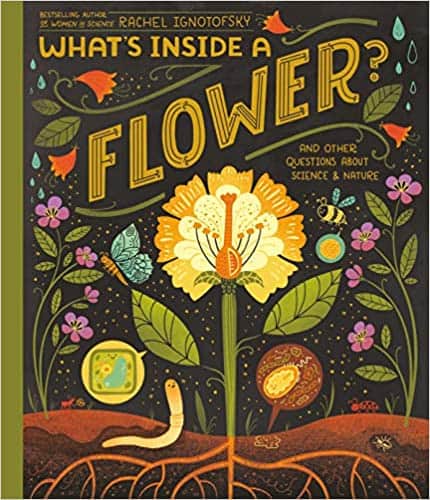
What’s Inside a Flower?
Written and Illustrated by Rachel Ignotofsky
Ages 4-7
Beautifully illustrated and featuring simple text, this book is a great choice for a reluctant or younger reader. The story is simple and laid out like a picture book, but each page features gardens or flowery scenes along with factual information buried in the artwork. Take your time reading through this to examine all the names of the flowers. This is a story you and your child can come back to and find something new in the art.
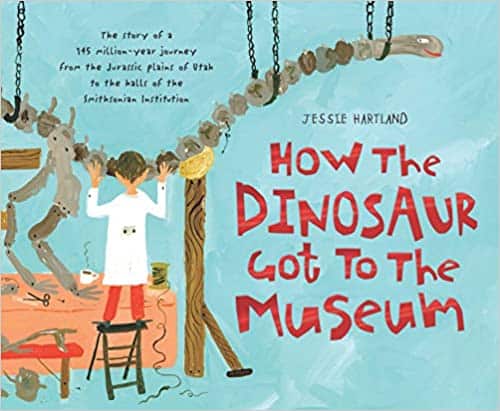
How the Dinosaur Got to the Museum
Written and Illustrated by Jessie Hartland
Ages 6-9
Answering this key question about dinosaurs and many others, this book is a wonderful option for the curious mind. The story is formatted as a museum docent answering the questions of a visiting student, mixed with watercolor images featuring facts about dinosaurs and the earth’s development, as well as what goes on at the museum, who works there and what kinds of tools they use. If your child is more museum curiosity they can also try How the Meteorite Got to the Museum and How the Sphinx Got to the Museum.
